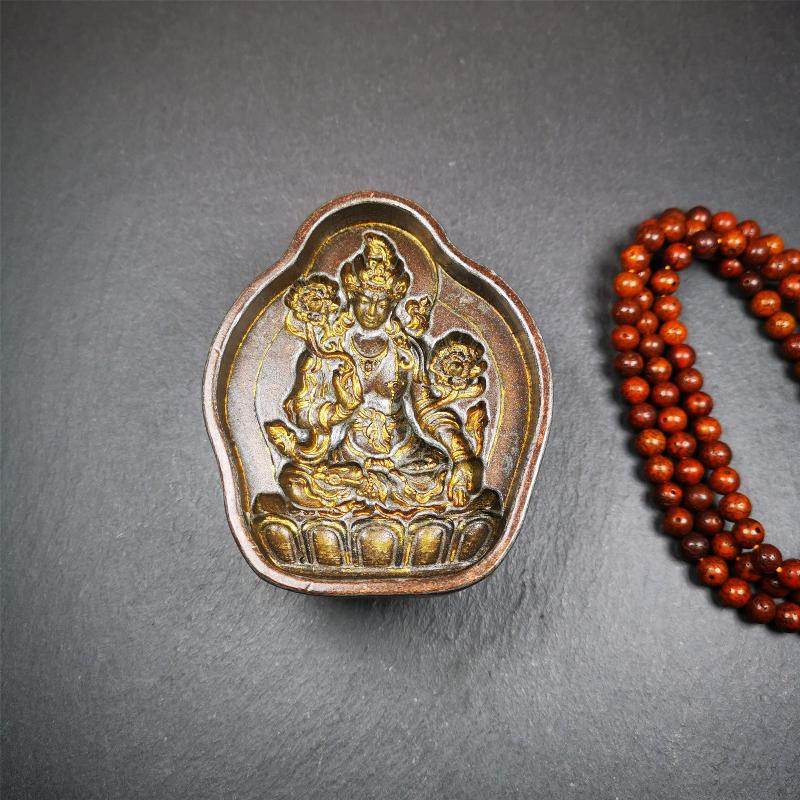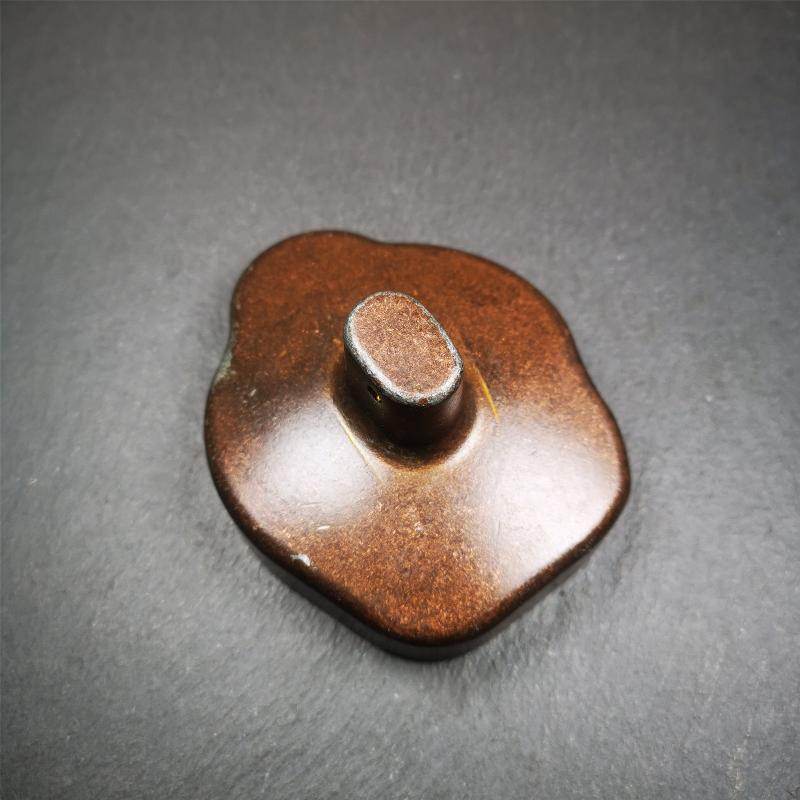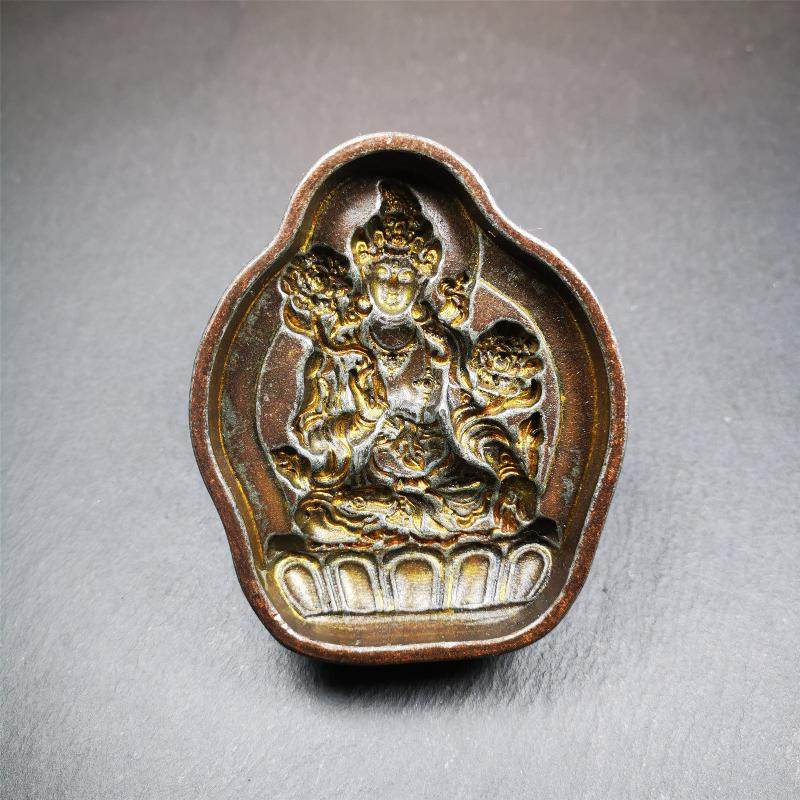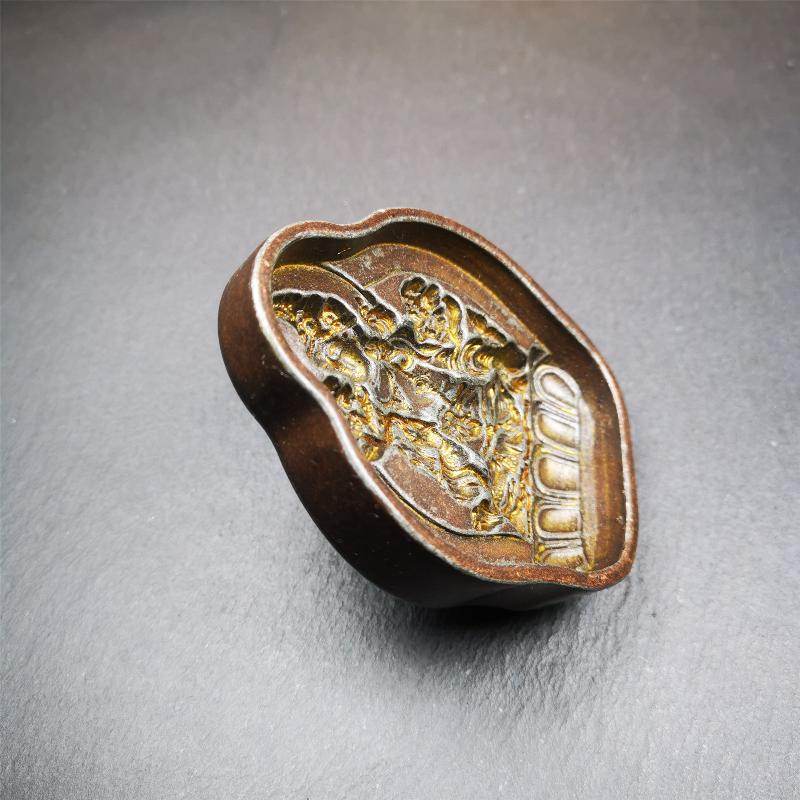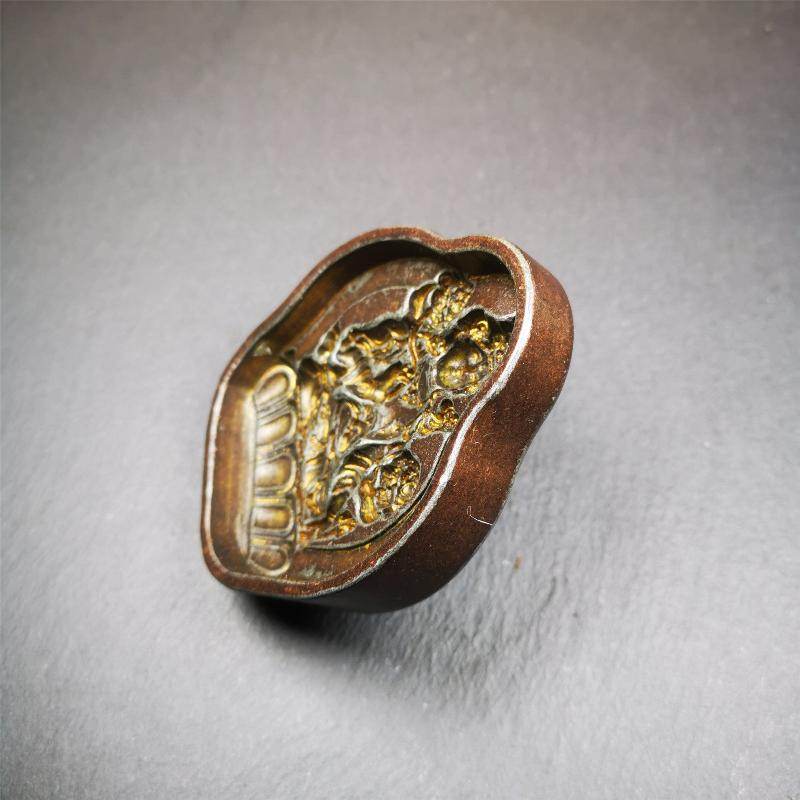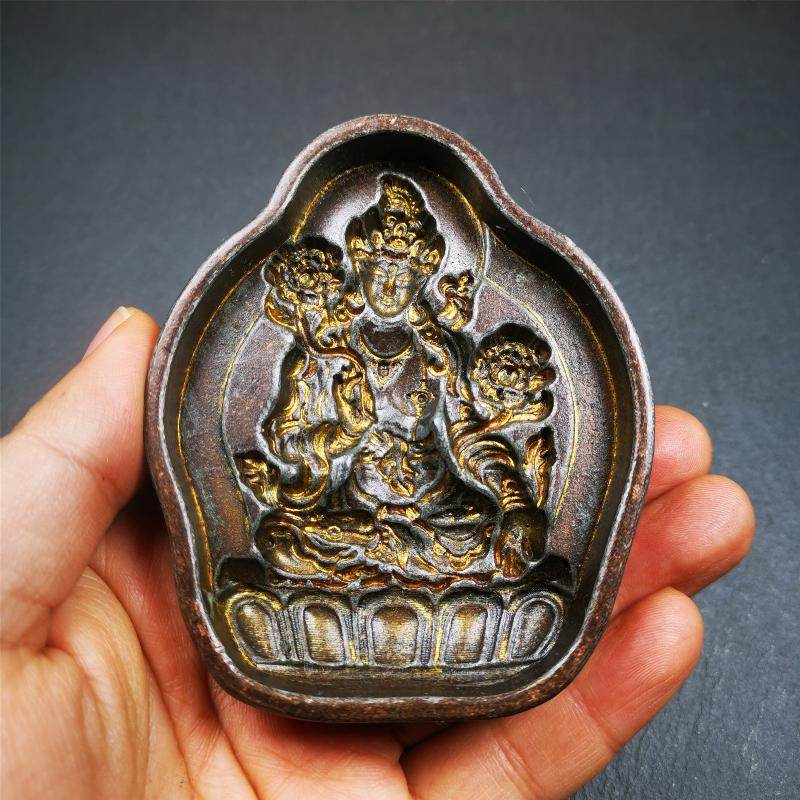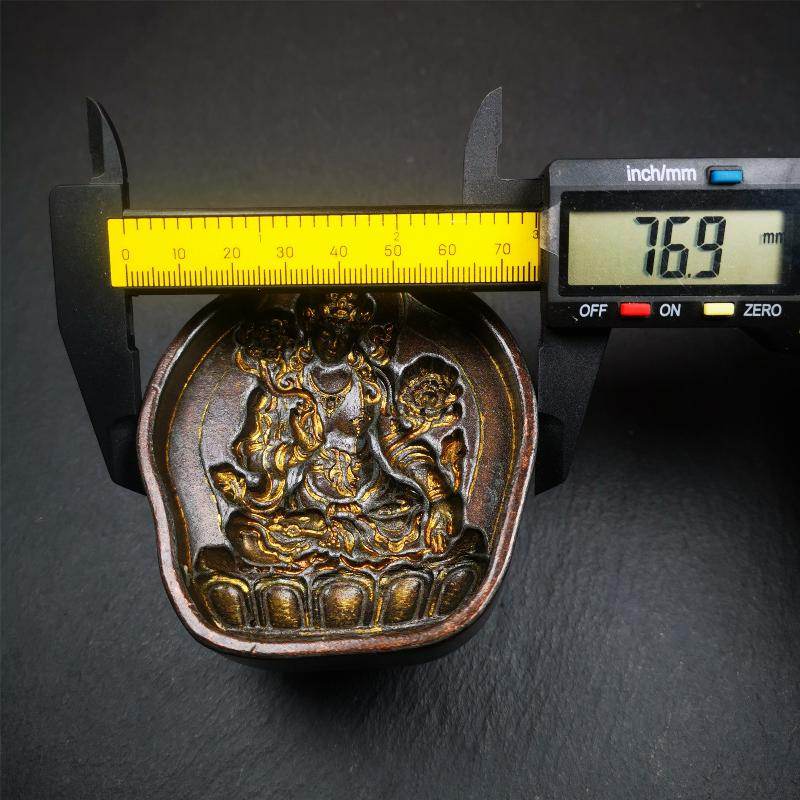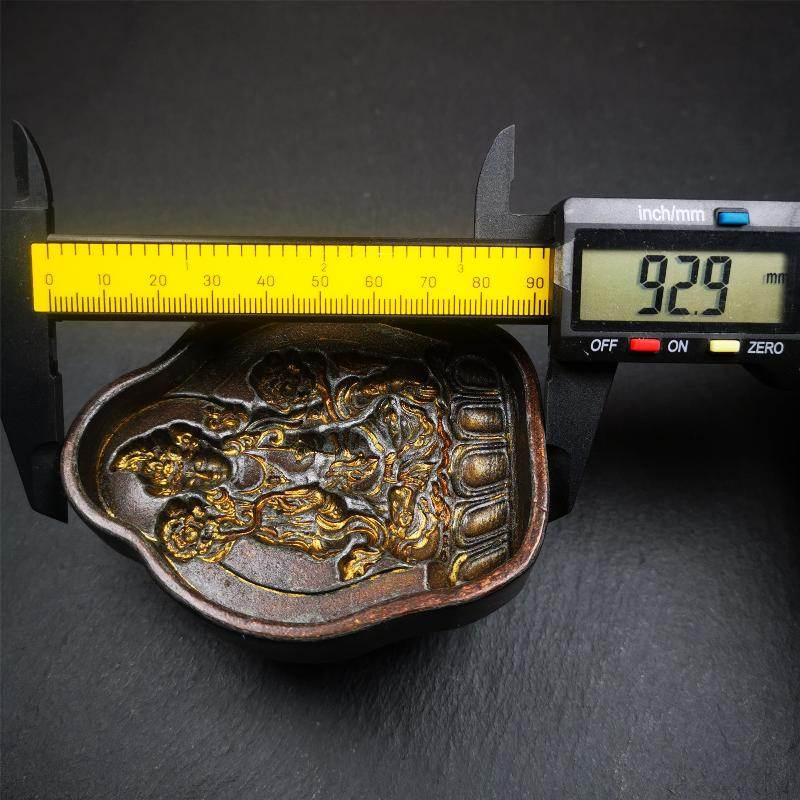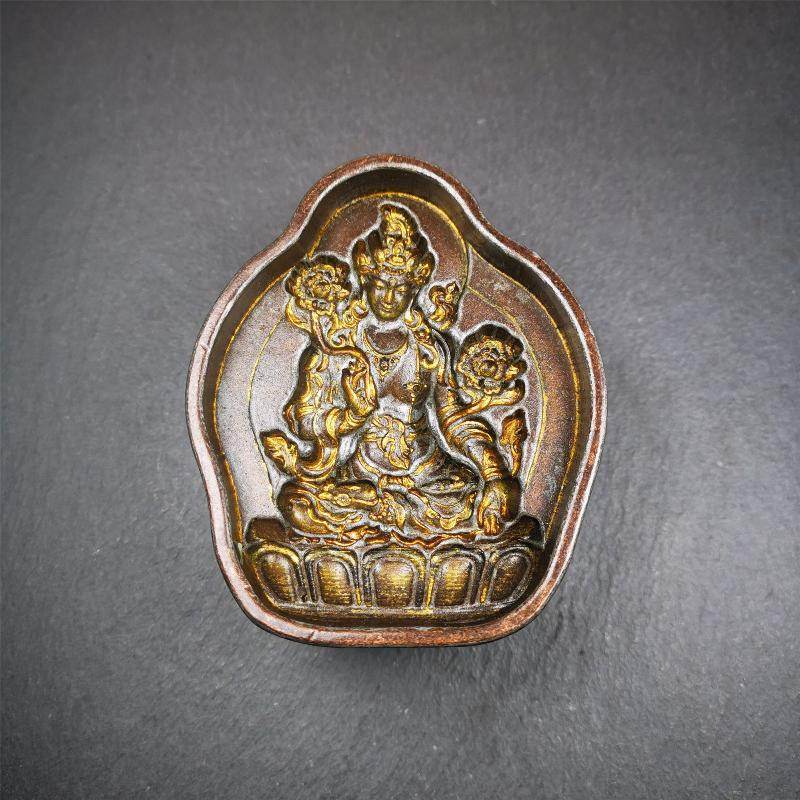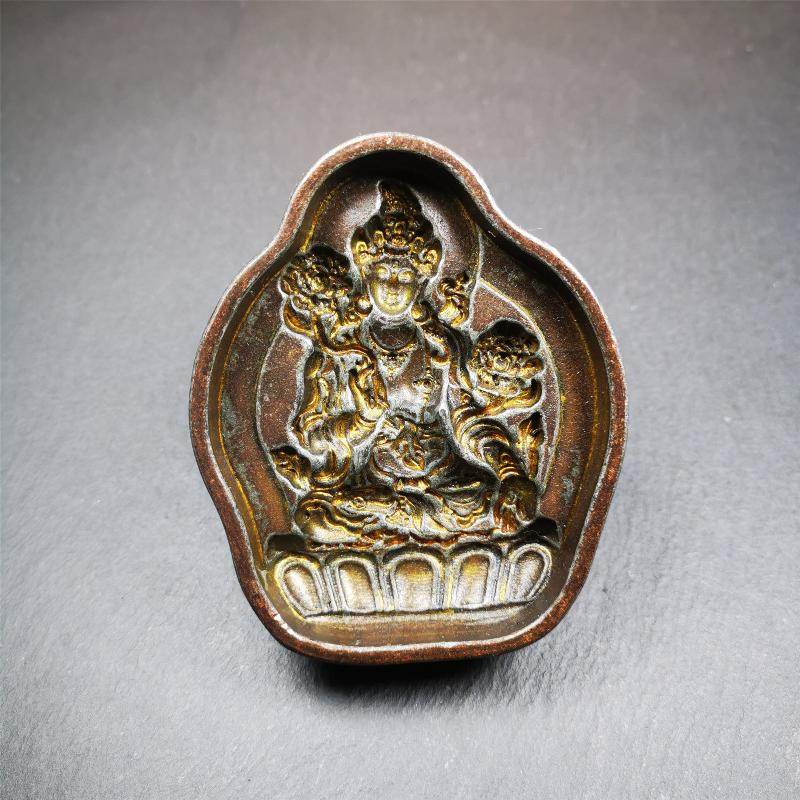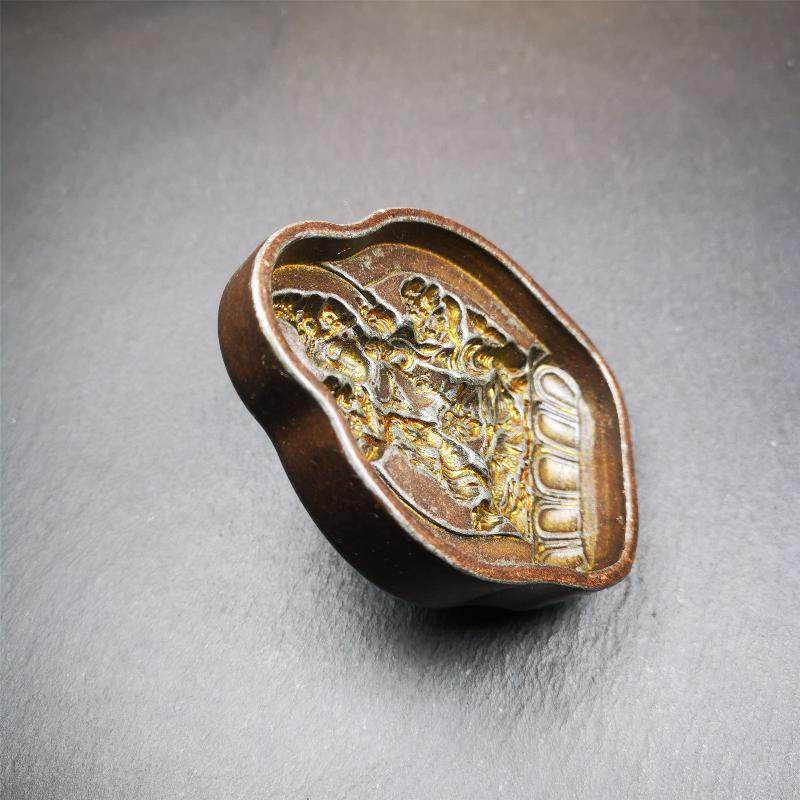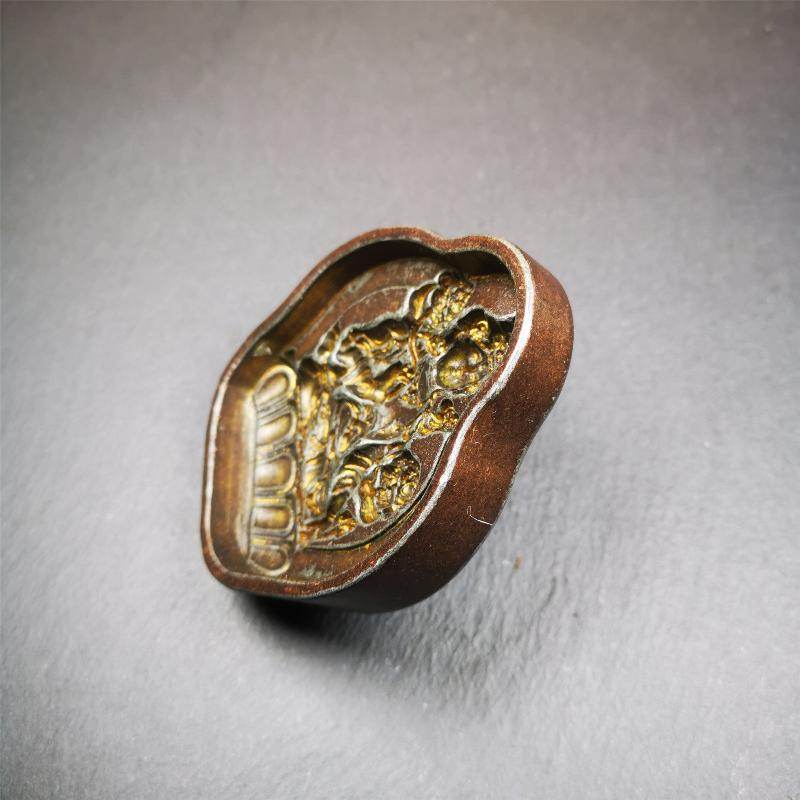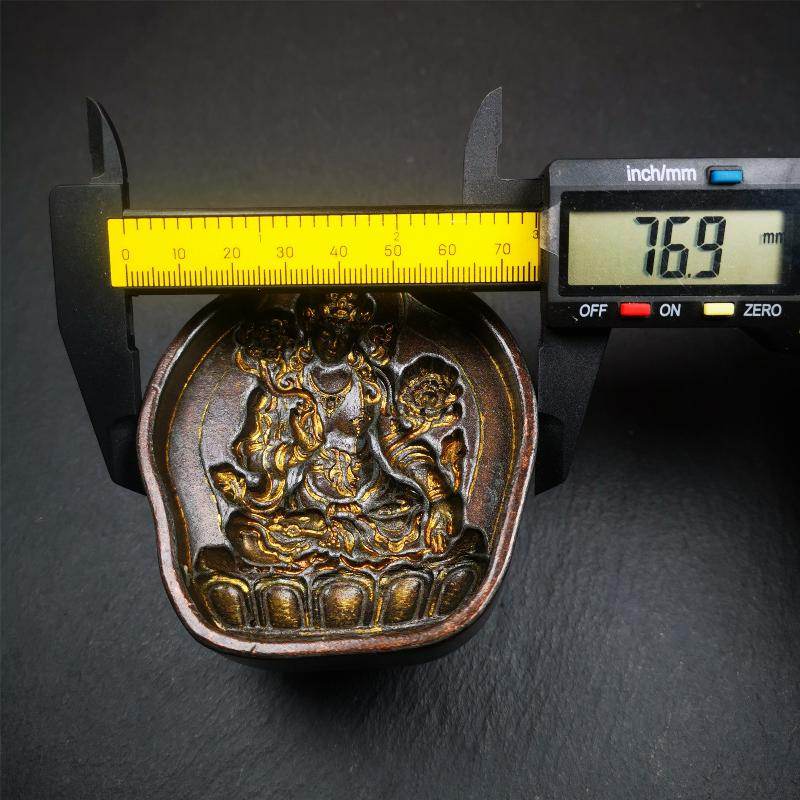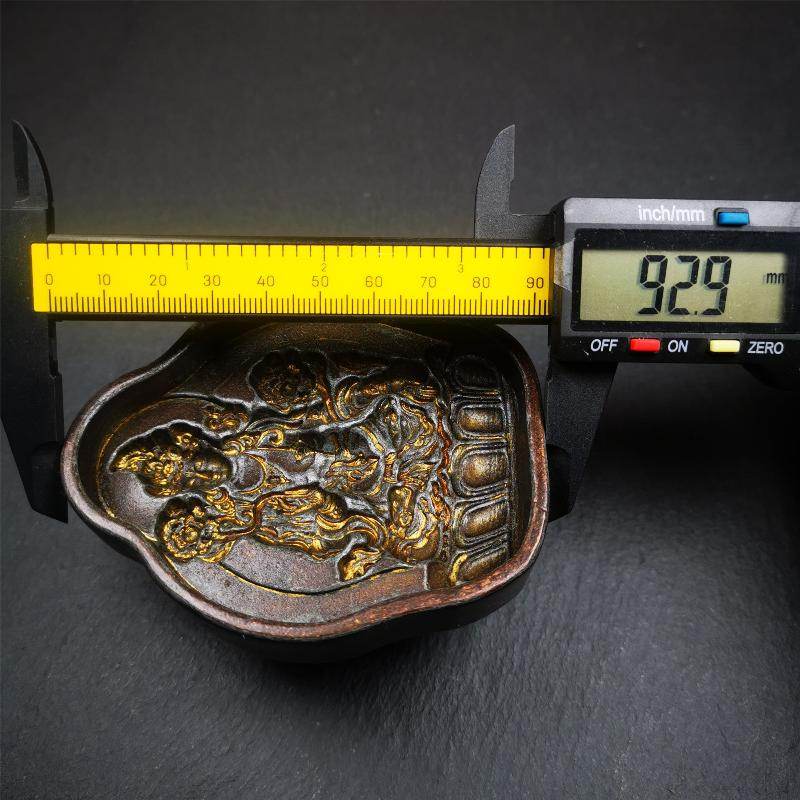Green Tara Tsa Tsa Mold
Green Tara Tsa Tsa Mold
Couldn't load pickup availability
❤This unique Green Tara Tsa-Tsa mold is made by Tibetan craftsmen in Hepo Township, Baiyu County.
❤ With this exquisite mold, you can use clay to make your own Buddha statue as a decoration or gift.
The statue that you make from your moulds can be left plain or painted.
You can learn how to make your statue with this video
❤ SPECIFICATIONS
Material: copper
Craft: Manual mold, pouring
Color:brown
Size:
Height:about 93mm / 3.66 inches
Width :about 77mm / 3.0 inches
Thickness:about 47mm / 1.85 inches
❤HOW TO USE
1. Oil the mold to prevent the clay from sticking
2. Place the mold on the prepared clay
3. Press or hammer the mold hard to shape the clay and take out the blank
4. Dry the blank naturally, let it dry completely
5. (Optional) Bake it in the oven to enhance its hardness, just like pottery
6. (Optional) You can even paint it yourself.
❤You'll get 1pc Buddha statue mold as pictures shown.
❤ABOUT TSA TSA
Tsa Tsa (Tibetan: ཚ་ཚ་, Willy: tsha tsha; Sanskrit: satchāya; Pali: sacchāya or sacchāha), a small mold-releasing clay sculpture in Tibetan Buddhism.
Tsa Tsa originated from India and was introduced to Tibet in the seventh century. It is extruded through a metal mold, and the cement is mixed with wheat grains, treasure powder, spices or the ashes of the monk. The patterns on it were mainly in Indian style in the early days, such as the Sky Tower, Gate Tower, Bodhi Pagoda, and the mantras of the Prajna Paramita Heart Sutra. Later, Tibet began to make its own molds, and the patterns of gods and Buddha images and the six-character mantra began to replace the earlier Indian style.
Tsa Tsa is generally placed in the pagoda as a stupa, or placed in a special "Tsa Tsa kang", or enshrined in temple halls, mani piles, monks' cultivation caves and other places.
❤ABOUT Tara
Tara, (like Buddhism itself) is believed to have originated from Hinduism. Tara is thought to be a manifestation of the goddess Parvati, the personification of love and devotion. But to be more specific, the story of Tara’s origin comes from Avalokiteśvara, or the “lord that looks down”. This bodhisattva (a being that has the sole wish to remove suffering from humanity), began to weep one day at the intense suffering of sentient beings. Eventually, he cried so much that his tears began to form a lake…and out of this lake sprang forth a lotus containing Tara. Tara, having been birthed from compassion, began to labor behind the scenes day and night to relieve suffering from humanity, eventually incarnating in multiple forms
